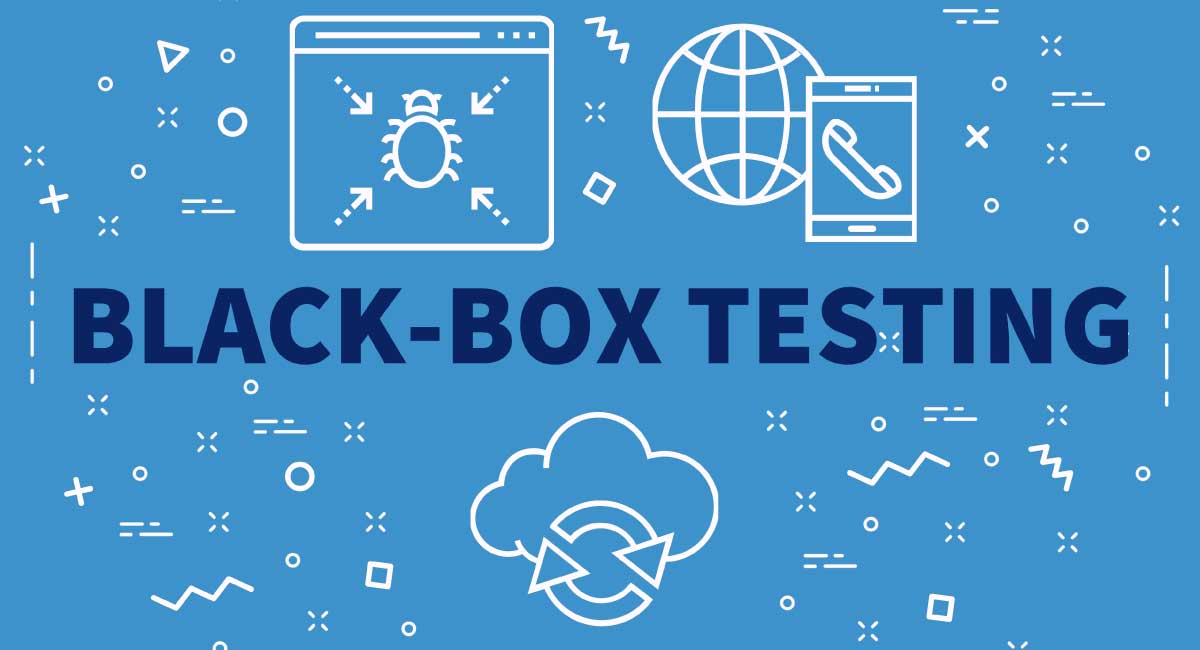

In the rapidly evolving world of software development, ensuring the quality and functionality of software products is paramount. Among the various testing methodologies employed to achieve this goal, black box testing is a critical approach. This comprehensive guide delves into the intricacies of black box testing, exploring its definition, types, features, techniques, tools, pros and cons, and best practices. It also contrasts black box testing with white box testing, providing readers with a holistic understanding of its role in the broader spectrum of types of software testing — all of which you can learn through comprehensive, immersive online full stack web development training .
Black box testing is a software testing method that examines an application’s functionality without peering into its internal structures or workings. This approach focuses on what the software does rather than how it does it by testing input and output flows. Testers do not need knowledge of the programming languages, internal code structure, or implementation details of the application. The main objective is to validate the software’s behavior and ensure it meets user requirements and expectations.
Black box testing encompasses various types, each tailored to specific testing needs. Some of the most common types include:
Key features of black box testing include:
Several techniques are employed in black box testing to cover different testing scenarios:
Performing black box testing involves a systematic process:
Various tools support black box testing, facilitating the testing process and improving efficiency. Some popular tools include:
While black box testing focuses on the software’s external behavior, white box testing delves into its internal structures. White box testing requires detailed programming knowledge and tests specific internal code paths, conditions, and loops. In contrast, black box testing offers a user-centric perspective, complementing white box testing in the software development and testing lifecycle.
To maximize the effectiveness of black box testing, consider the following best practices:
Black box testing is an indispensable component of software testing, offering a critical evaluation of software functionality from an end-user’s perspective. By adhering to best practices and leveraging appropriate techniques and tools, organizations can ensure their software products meet the highest quality and performance standards. As software development continues to evolve, the principles and methodologies of black box testing will remain a cornerstone in the quest to deliver reliable, user-centric software solutions. To top your game as a software developer, it’s wise to consider taking an online full stack development bootcamp .
Understanding and implementing black box testing can significantly contribute to a project’s success. It allows for a clear, objective assessment of software functionality, independent of the complexity of its codebase. This testing approach facilitates the early detection of defects and inconsistencies in software behavior, thereby reducing the risk of costly post-release fixes and ensuring a smoother user experience.
Moreover, black box testing promotes a better alignment between software products and user expectations. By focusing on external functionality and user requirements, testers can identify and address gaps between what the software is supposed to do and what it does. This alignment is crucial for developing software that meets and exceeds user expectations, enhancing customer satisfaction and loyalty.
However, the effectiveness of black box testing is not solely dependent on the methodologies and techniques employed. The role of testers is pivotal. Testers with a keen understanding of user perspectives, an eye for detail, and the ability to think critically can significantly enhance testing quality. Therefore, investing in the training and development of testing teams is as important as focusing on the technical aspects of testing.
Integrating black box testing with other testing methodologies, such as white box testing and grey box testing, creates a comprehensive testing strategy covering all bases. While black box testing offers insights into the software’s functionality from an external perspective, white box testing complements it by assessing the internal mechanisms. Grey box testing bridges the gap between the two, providing a more rounded approach to software testing. Together, these methodologies ensure a thorough and effective testing process that adapts to modern software development’s complexities and demands.
In conclusion, black box testing is vital to the software development lifecycle. Its focus on software functionality and adherence to user requirements makes it indispensable for delivering high-quality software. By understanding the nuances of black box testing, employing the proper techniques and tools, and following best practices, organizations can enhance their testing processes, improve software quality, and ultimately achieve better project outcomes. As technology continues to advance, the principles of black box testing will undoubtedly evolve, but its importance in the realm of software testing will remain unwavering.